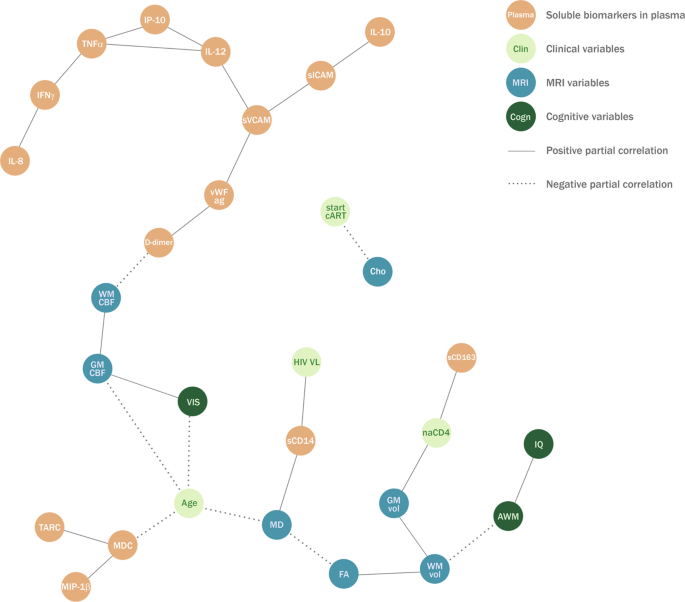February 24-25, 2020
Dubai, UAE
About Larix International
Larix International is a group of prestigious publishers and global scientific conference organizers. Larix International is comprised of Doctors, Engineers, Scientists, and Industrialists administrates the conferences and journals by evaluating the scientific excellence and reviews the future proposals. Larix is an independent, self-governing organization propagates and promotes multi-disciplinary research on various fields of science. We are a non- profit organization, wholly owned by substantial and influential worldwide scientists. We are independent and innovative openness from researchers and academicians around the globe.
About
Pediatrics 2020 provides a vibrant platform for sharing knowledge among the Paediatricians, Gynaecologists and Obstetrics focusing on the New Research and Treatments. The workshops are designed for academic and industrial benefits who want to have updated knowledge on management and treatment techniques. The Conference gathers expert surgeons in the world to share their experience and guide participants to explore advanced surgical techniques.
Sessions:
- · Pediatrics & Pediatric Primary Care
- Neonatalology & Neonatal Care
- Onco-fertility and Fertility Preservation
- Child and Adolescent Behavioral Health
- Pediatrics/Neonatal Care Nursing
- Pediatric Nutrition
- Pediatric Cardiology
- Pediatric Oncology
- Pediatric Pulmonology
- Pediatric Rehabilitation Medicine
- Female Pelvic Medicine and Reconstructive Surgery
- Gynecology and Obstetrics
- Gynecologic Surgery
- Obstetrical Complications
- Pediatric Neurology
- Labor and Delivery
- Pediatric Endocrinology
- Pediatric Gastroenterology
- Reproductive Endocrinology and Infertility
- Breast Cancer and Pregnancy/ Lifestyle









